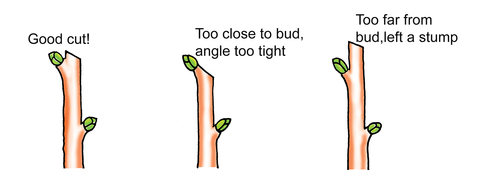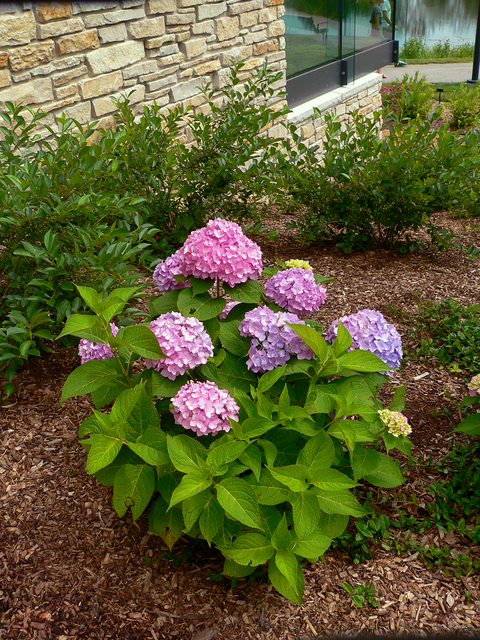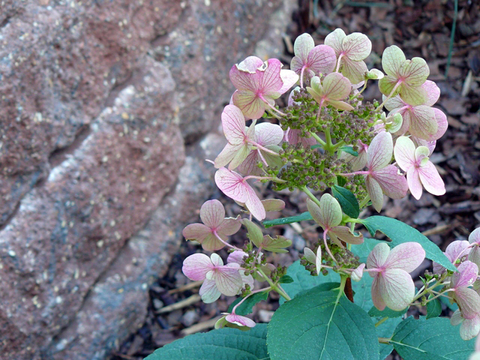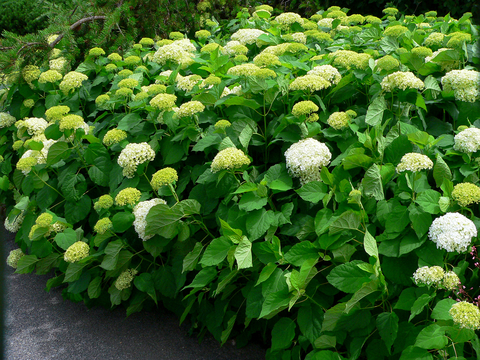Hydrangeas are one of the most popular blooming woody shrubs in Minnesota landscapes. How and when to prune them depends on the shrub.
This video shows general pruning technigqies for hydrangea (07:33)
Hydrangea paniculata, panicle hydrangea
Prune back stems to just above a fat bud — called a heading cut — in fall, late winter or spring.
These plants have conical-shaped flower heads. The dry, tan flower heads on the plant can provide some winter interest in your landscape, so wait to prune these until late winter or spring.
Some favorite panicle hydrangeas:
- Quick Fire® (H. paniculata ‘Bulk’ PP16, 812)
- Limelight (H. paniculata ‘Limelight’)
- First Editions® Berry White® (H. paniculata ‘Renba’ PP28, 509)
Hydrangea macrophylla, big leaf hydrangea
These plants produce buds in late summer to early fall (August-September) that will form next year’s flowers. So prune these shrubs after they finish blooming before August with a heading cut.
An exception is Endless Summer®, the original Bigleaf Hydrangea (H. macrophylla 'Bailmer' PP15,298), and other cultivars in the Endless Summer series from Bailey Nurseries such as Blushing Bride, BloomStruck® , Summer Crush®, and Twist ‘n’ Shout®.
The H. macrophylla bloom on last year’s wood and new wood that grows this year. So it will bloom whether you prune it or not.
Protect H. macrophylla in winter from rabbit browsing on the stems with a large, 4-foot tall ring of hardware cloth.
The Endless Summer hydrangea is popular in Minnesota for its pink to blue color flowers (achievable with proper soil amendment) and because it blooms on old and new wood.
Hydrangea arborescens, smooth hydrangea
Let these plants grow a season or two before doing any hard pruning. Once the shrub is established and has a couple of growing seasons, prune these hydrangeas in the spring down to the ground.
Do not prune at all if you want a larger shrub. Flower buds will grow on this season’s growth or new wood.
Some favorite smooth hydrangeas:
- Invincibelle Mini Mauvette® (H. arborescens 'NCHA7' PP30,358)
- Incrediball® (H. arborescens 'Abetwo' PP20571)
- Annabelle (H. arborescens 'Annabelle')
Hydrangea petolaris or climbing hydrangea
This tough, gnarly vine needs little to no pruning, except for removing any dead wood that develops.
Plant this vine in full sun on a solid trellis or fence where you want a long-living, dense screen. It is hard to get rid of once it gets established.
Reviewed in 2023






